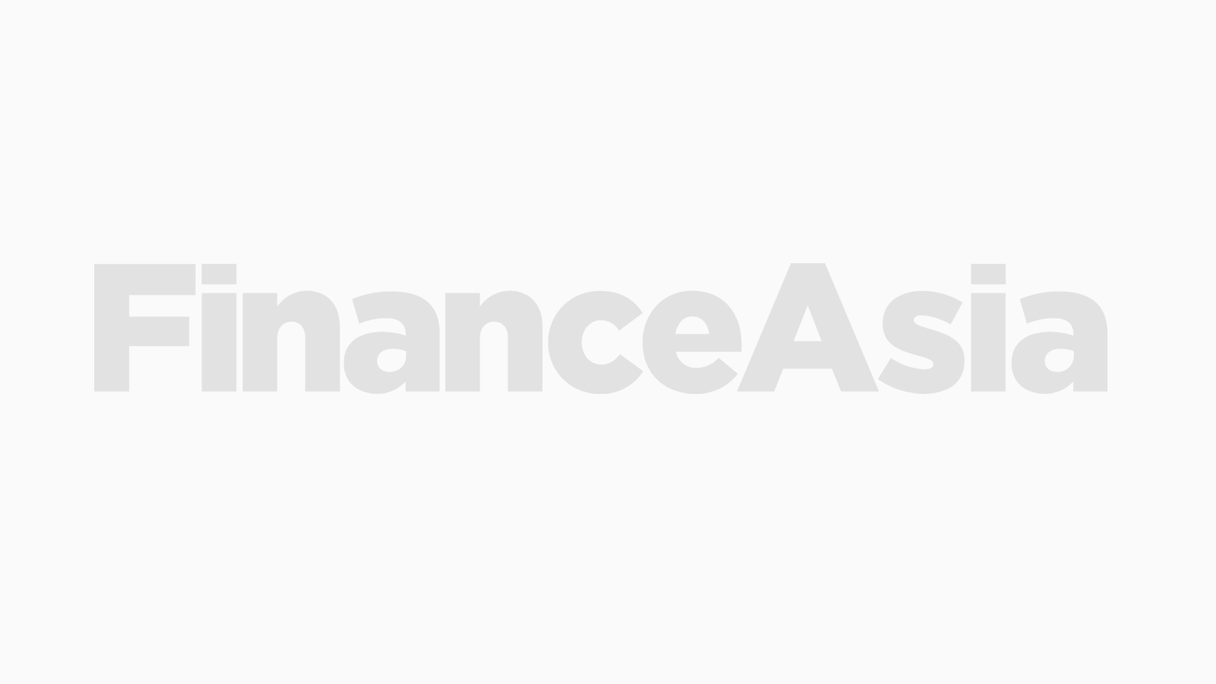Chartered Semiconductor began to address its aggressive financial leverage on Friday (July 22) with the placement of $250 million through a convertible redeemable preference share issue (CPS) and the launch of a $450 million SEC-registered bond, which is scheduled to price later this week.



